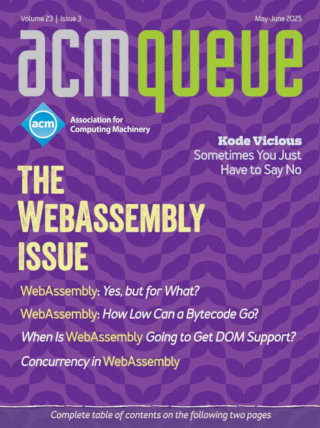
A Conversation with Chris DiBona:
Chris DiBona has been out front and outspoken about the open source movement.
He was hooked from the moment he installed Linux on an old PC when he was a teenager.
Closed Source Fights Back:
SCO vs. The World-What Were They Thinking?
In May 2003, the SCO Group, a vendor of the Linux operating system, sent a letter to its customers. Among other things, it stated, "We believe that Linux is, in material part, an unauthorized derivative of Unix." What would make SCO do that?
The Age of Corporate Open Source Enlightenment:
Like it or not, zealots and heretics are finding common ground in the open source holy war.
It’s a bad idea, mixing politics and religion. Conventional wisdom tells us to keep them separate - and to discuss neither at a dinner party. The same has been said about the world of software. When it comes to mixing the open source church with the proprietary state (or is it the other way around?), only one rule applies: Don’t do it.
From Server Room to Living Room:
How open source and TiVo became a perfect match
The open source movement, exemplified by the growing acceptance of Linux, is finding its way not only into corporate environments but also into a home near you. For some time now, high-end applications such as software development, computer-aided design and manufacturing, and heavy computational applications have been implemented using Linux and generic PC hardware.
Commercializing Open Source Software:
Many have tried, a few are succeeding, but challenges abound.
The use of open source software has become increasingly popular in production environments, as well as in research and software development. One obvious attraction is the low cost of acquisition. Commercial software has a higher initial cost, though it usually has advantages such as support and training. A number of business models designed by users and vendors combine open source and commercial software; they use open source as much as possible, adding commercial software as needed. They may use open source software as a central component of a product or service, but use other components to add value, which can then induce customers to pay for the offering (obviously, it is hard to compete with free software on price).



